When I say that I have an ecological spirituality, I mean that I find sacredness and divinity in the living, ever-changing, ever-evolving planet that we inhabit. I mean that I believe that whatever consciousness created us also created the rest of the universe, and so the best way to rebalance myself, to affirm my connection to the whole, is to be present and observant in a state of wonder.
This is to say that I firmly reject transcendentalism, transhumanism, and the gospel of Progress that collectively view life in physical bodies as a sort of temporary suboptimal or primitive existence that it is our manifest destiny to move beyond. Charles Eisenstein, one of my favorite writers, recently published an excellent essay on this topic, though I have to say that unlike Charles I remain unconvinced that the transhumanists will prevail for much longer in the face of resource shortages and unintended consequences of technological “advances.”
I have not personally felt called to any particular religious doctrine with established texts, leaders, and rituals - whether druidry or paganism or Islam or any of the many branches of Christianity. This means that I have never been part of a spiritual group or community. Wherever I have lived, however, I have found a church or a chapel: a place of natural beauty beyond my everyday wanderings that I visit on special occasions, that over time becomes imbued with sacredness borne of layers of memory and experience.
As a child and young adult in Minnesota, my chapel was Strawberry Rock: a water-carved granite monolith rising above the riparian forest of the Minnesota River Valley. Towering above Strawberry Road, my father named it for the wild strawberries that were once abundant in the area. Within walking distance of our house, this is where I would go to lay on the warm stone and watch clouds race overhead, to seek calm and stability when feeling anxiety or sadness, to inhale the first scents of springtime as snowmelt dripped down the mossy cliffs, to watch warblers in the treetops below, to lean into the northwest winds. It is where my father and I would build a fire on the winter solstice, sometimes at ten below zero, with Sirius and Orion looking down on us. It is where for many years we kept a time capsule of writings, adding a page on most visits until my father left his body behind. It is where I scattered my father’s ashes. It is where I still return whenever I visit the valley of my birth.
Since I moved to Oregon 14 years ago, my chapel has been the mountain known as Marys Peak, a half-hour drive from my home. Named for two early settler Marys that historical accounts cannot agree on - the same Marys of the Marys River and Marysville (soon renamed Corvallis or “heart of the valley”) - this seems a name unfortunately devoid of real meaning. The Indigenous Kalapuya Tcha Timanwi - “where the spirits dwell” or “place of spiritual power” - seems much more fitting, but it doesn’t quite feel right to me. Mostly I just call it “the mountain”.
Standing nearly 4000 feet above the valley below, Marys Peak exists in a different weather world: often hidden in a cloud when the valley is clear, or in bright sunshine when the valley is shrouded in fog; often cold when the valley is warm but sometimes warm when the valley is locked in a freezing inversion; often an island of snow and ice above a sea of green in the wintertime.
I did not set out to make Marys Peak my chapel. I simply felt drawn there often, since the first time I watched the sun sink into the distant Pacific as the mountain’s shadow extended across my home to the east.
So I went back, and each time I stepped out into a world of beauty, overpowering my thoughts and anxieties, I layered new memories and experiences, cementing the mountain as a sacred place, a window into connection with creative life force, more evocative than any human-built edifice or cathedral.
As I fell in love with the mountain, I felt a strong desire to experience it in all of its seasons and weather moods, to catch as many rare winter sunrises and sunsets as possible. So I climbed the summit in a November windstorm when the weather station at the top recorded 83 mph and raindrops felt like hailstones. I skied to the summit from as far as my Subaru could make it up the road, sometimes in windblown snow squalls and sometimes in blinding sunshine. I learned the progression of flowers in the brief spring and summer, from fawn lilies and violets through penstemon, phlox, and yarrow. I listened to the booming of the spruce grouse and the haunting trill of the varied thrush. I learned the seasonal scents: the unique June aroma of mountain vegetation, the faintly marine tang of Pacific storm winds, warm sun on dry grass in late summer, the pleasant ozone odor of clear dry air above winter inversions. I took more than 2,000 photographs, enough that it was a challenge to choose the ones for this essay. Sometimes the view would be nearly the same, but often I would find natural wonders: long mountain shadows, unique cloud formations, colors too delicate to be captured on camera, rare birds, grasses encased in ice.
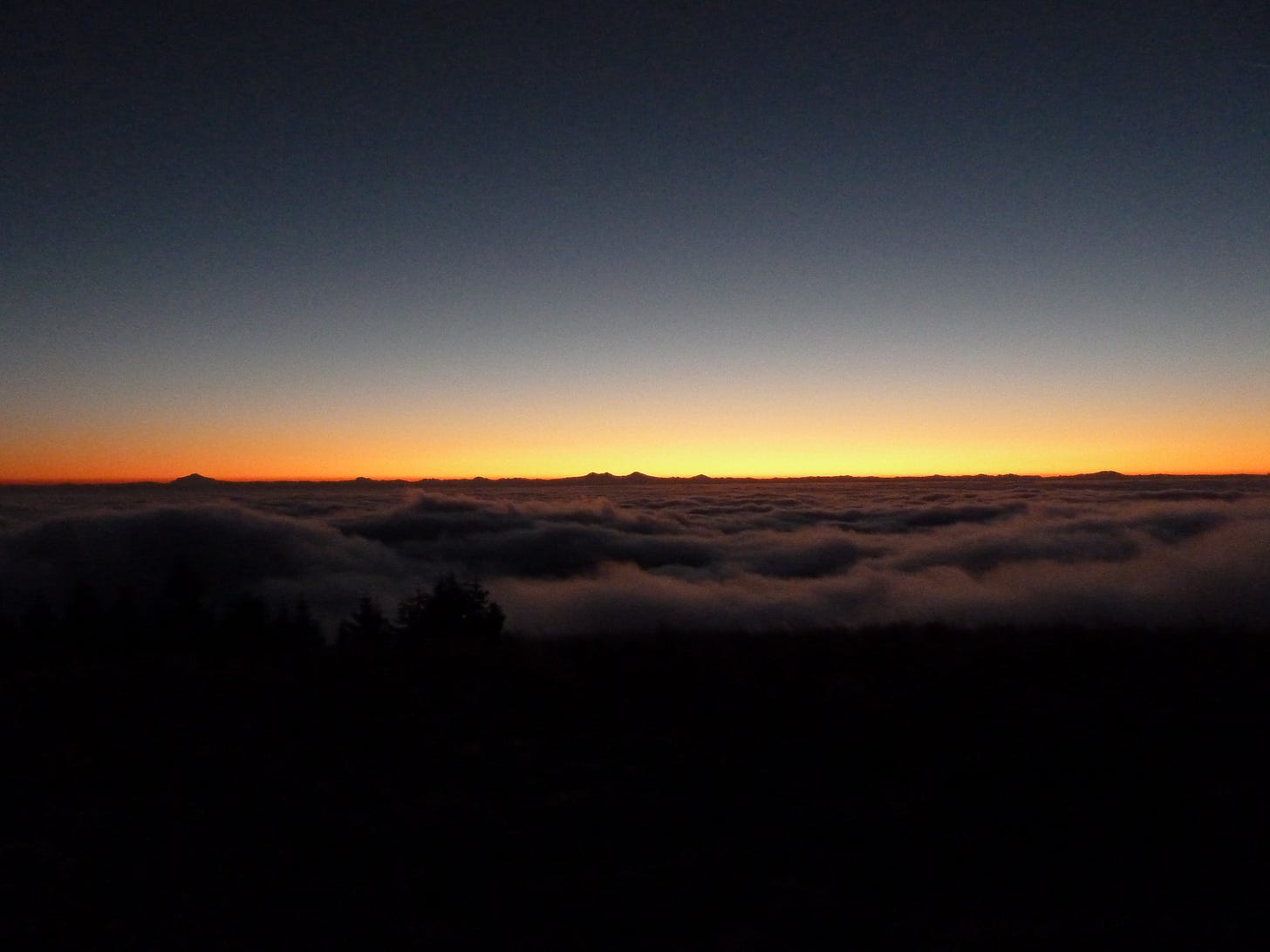
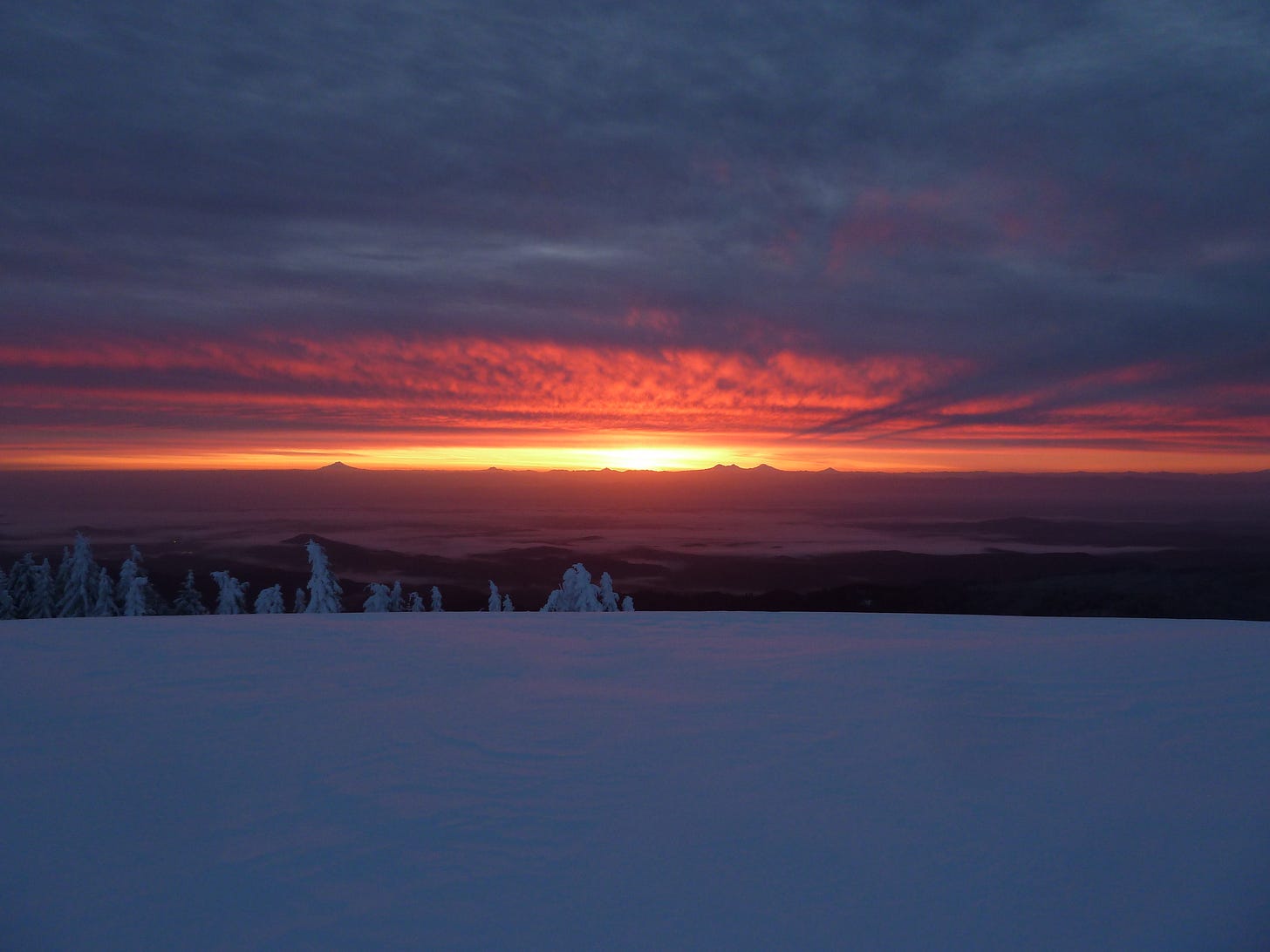
In recent years I have attempted to make a tradition of watching the sunrise on equinoxes and solstices, and also spending the night on the mountain if possible. For the summer solstice - which is also my birthday - I stick to the date regardless of weather. In 2019 that meant sleeping in my vehicle inside a cloud in 40 mph winds and never seeing a hint of sun or stars, but for me that is part of experiencing all of the moods and phases of a place. Many years I wake up covered in dew, or with beetles scurrying about beneath me.
Although I am not typically one to practice divination, I do regard each solstice and equinox sunrise as a portent of sorts for the days ahead. This morning was windy but clear, and we watched the parade of planets in the hour before dawn. As the sun rose, ground-hugging clouds rose over the mountain and dimmed the light, creating the dramatic sunbeams of the first image. Each year is different, with never-repeating plays of wind and cloud and color and light. Each visit to my chapel of nature reminds me how much I am truly in love with this living world we inhabit, however much I might get distracted by screens and politics and conflicts and anxieties.

I do not claim to know what is best for anyone else, but I do feel that chapels of nature have been immensely beneficial to my life. If you are also in love with this world and need a reminder to be still and simply observe, a way to re-set yourself when you are out of balance, I would encourage you to create your own, to begin to develop a sacred relationship with a place.
Choose a place of natural beauty that feels special to you and that is close to your home: a knoll, a mountaintop, a rock outcrop, a waterfall, a grove, an old-growth tree, etc.
Choose a place that you can visit every week or every month, at the very least every few months, but not a place that you see every day.
Make a commitment to only visit the place intentionally, as if going to church.
Seek to really know the place by visiting in all seasons and all weather.
Make a ritual of visiting on certain days: solstices and equinoxes, or birthdays and anniversaries, or the first day of every month, or every Sunday morning, etc.
Layer your own memories and life happenings with a full sensory experience of the place. Take photographs, write journal entries, hide a time capsule with writings that you can revisit when you return. Over time you will probably find that memories connect to smells and sights and sounds, and you begin to feel at home there, to feel like you belong, to feel revitalized and reawakened and refreshed. Perhaps you will also feel that the place is getting to know you, that you are building a relationship with the land that you inhabit. Perhaps this can become a bastion of strength and stability in a world full of crisis and fear and uncertainty.
Happy Solstice everyone!




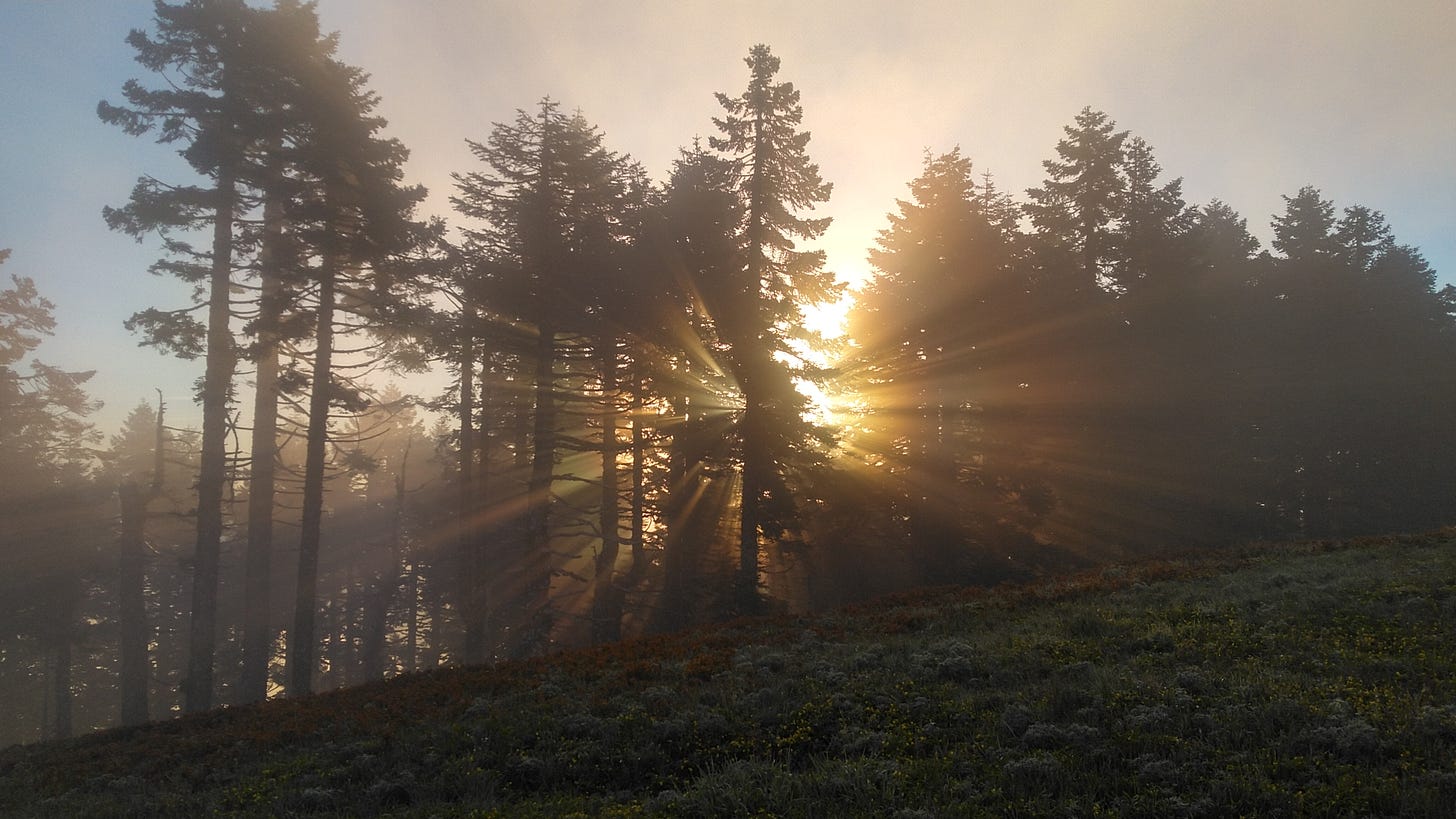


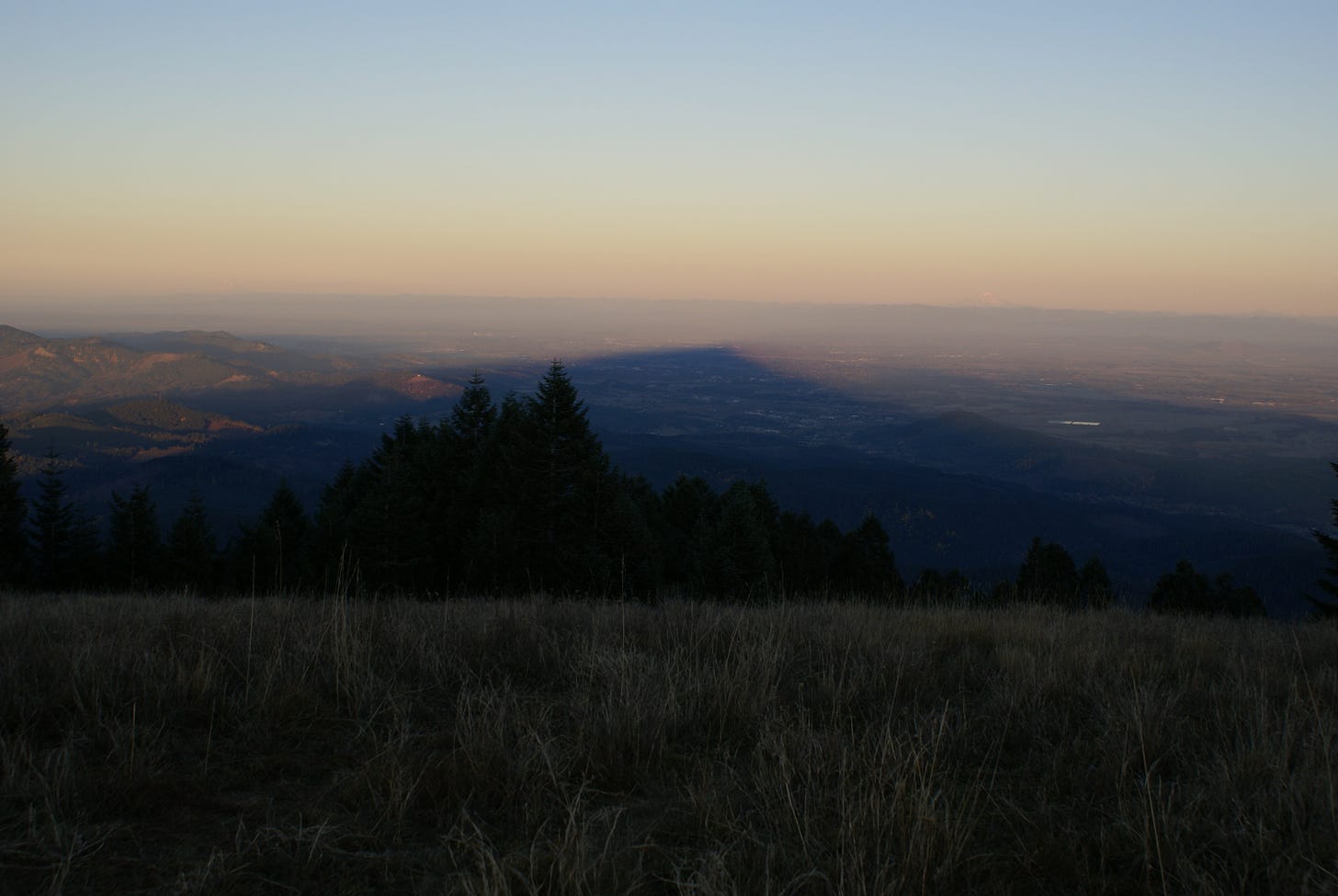

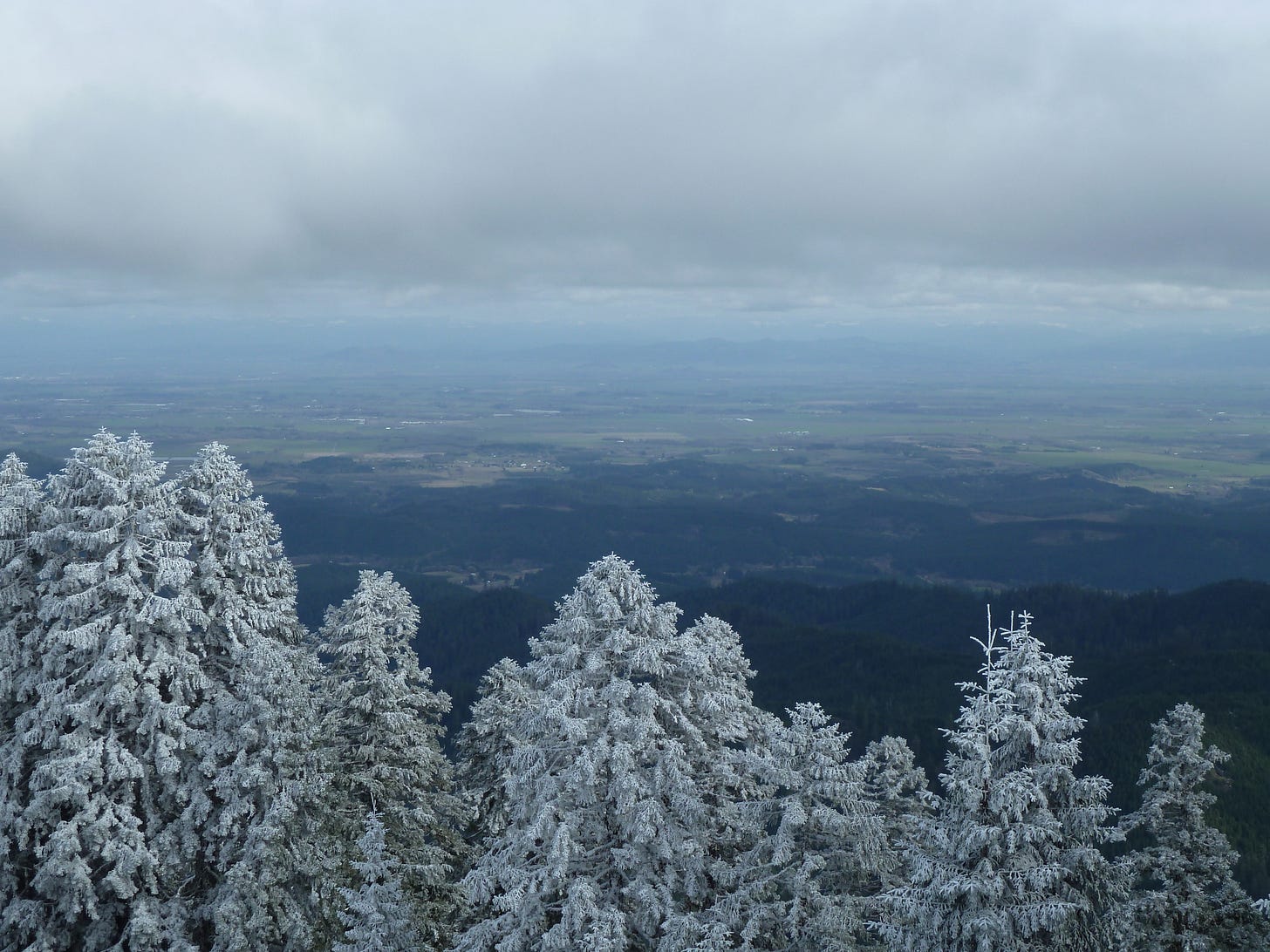
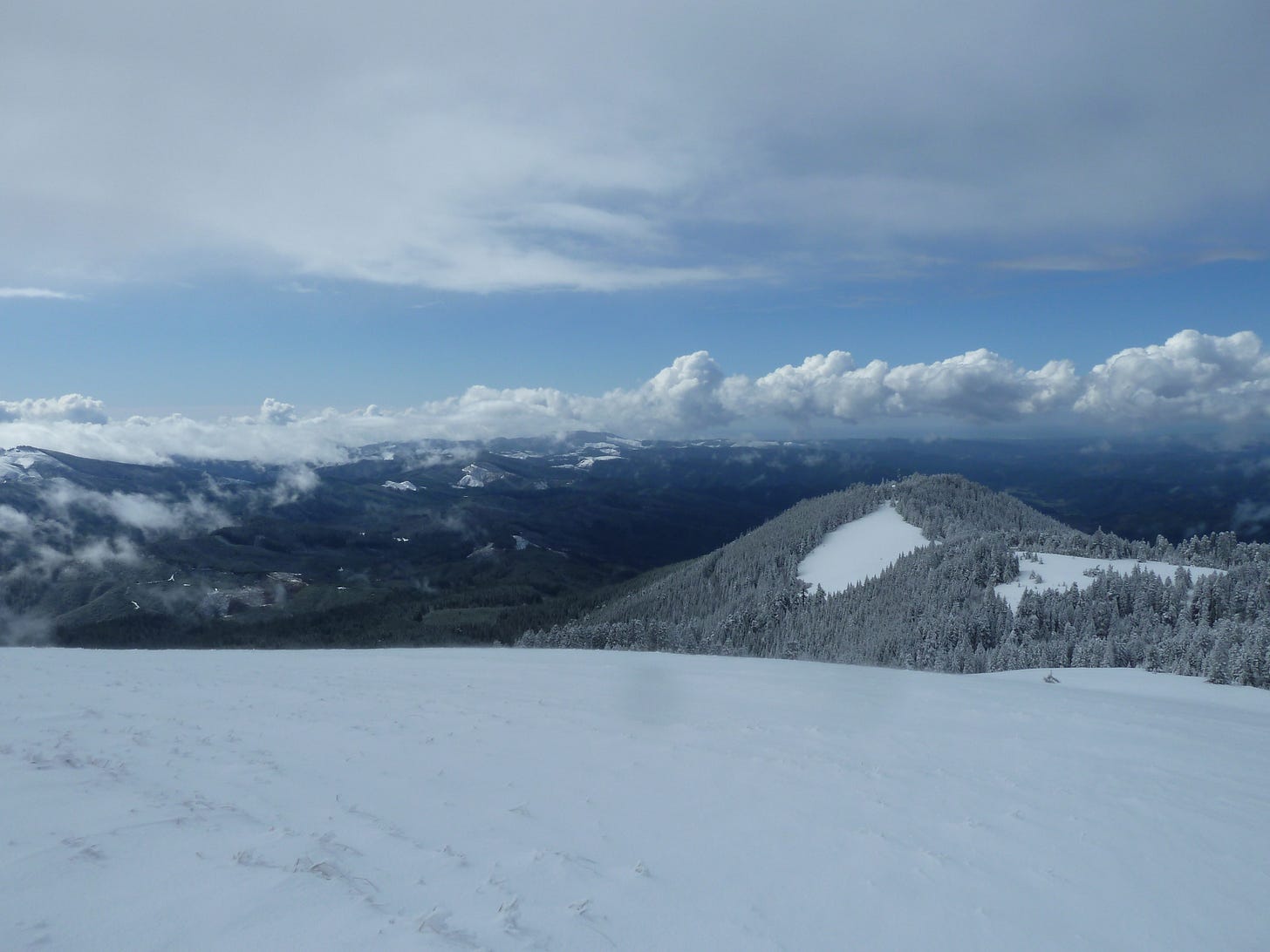

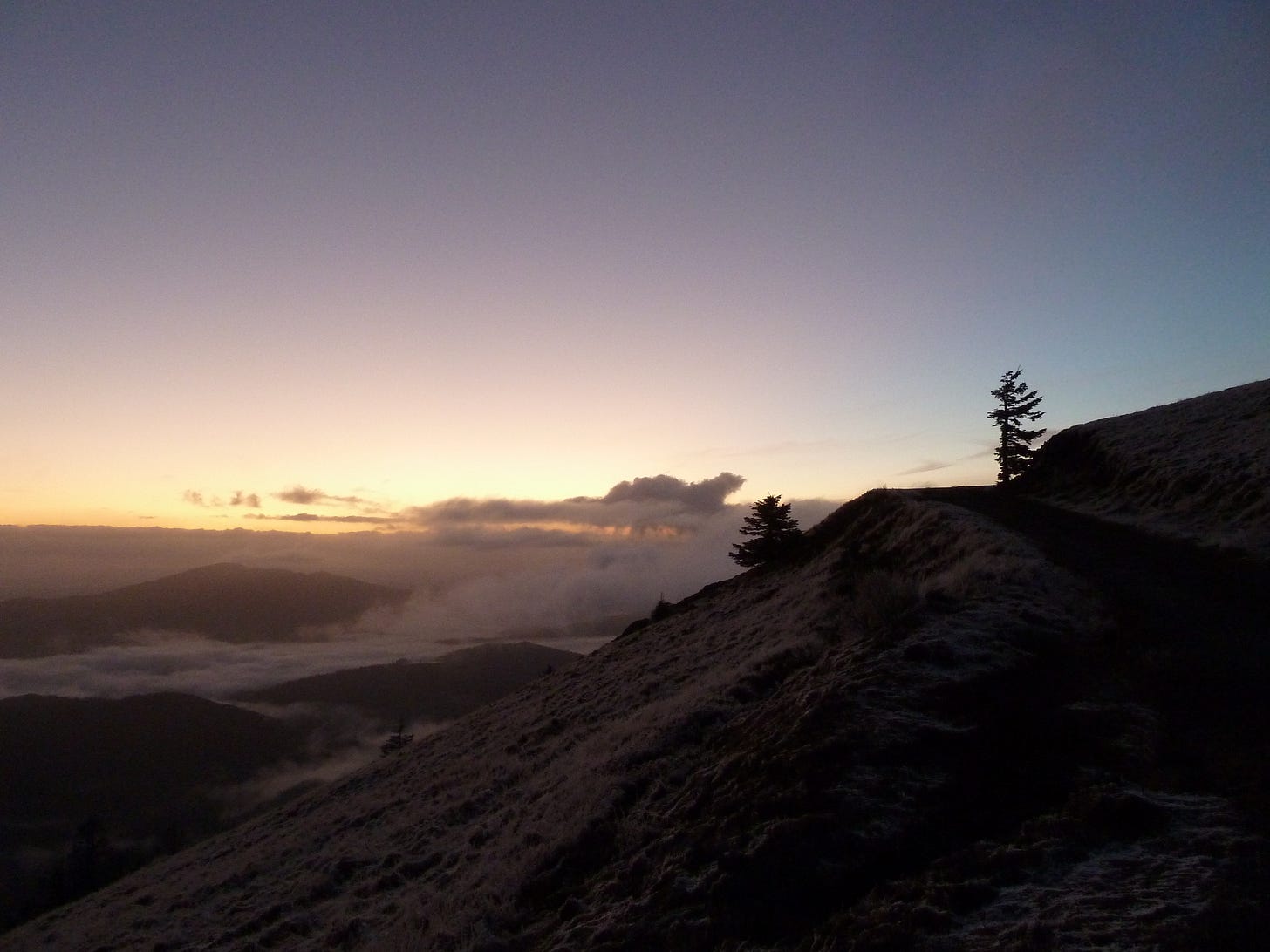


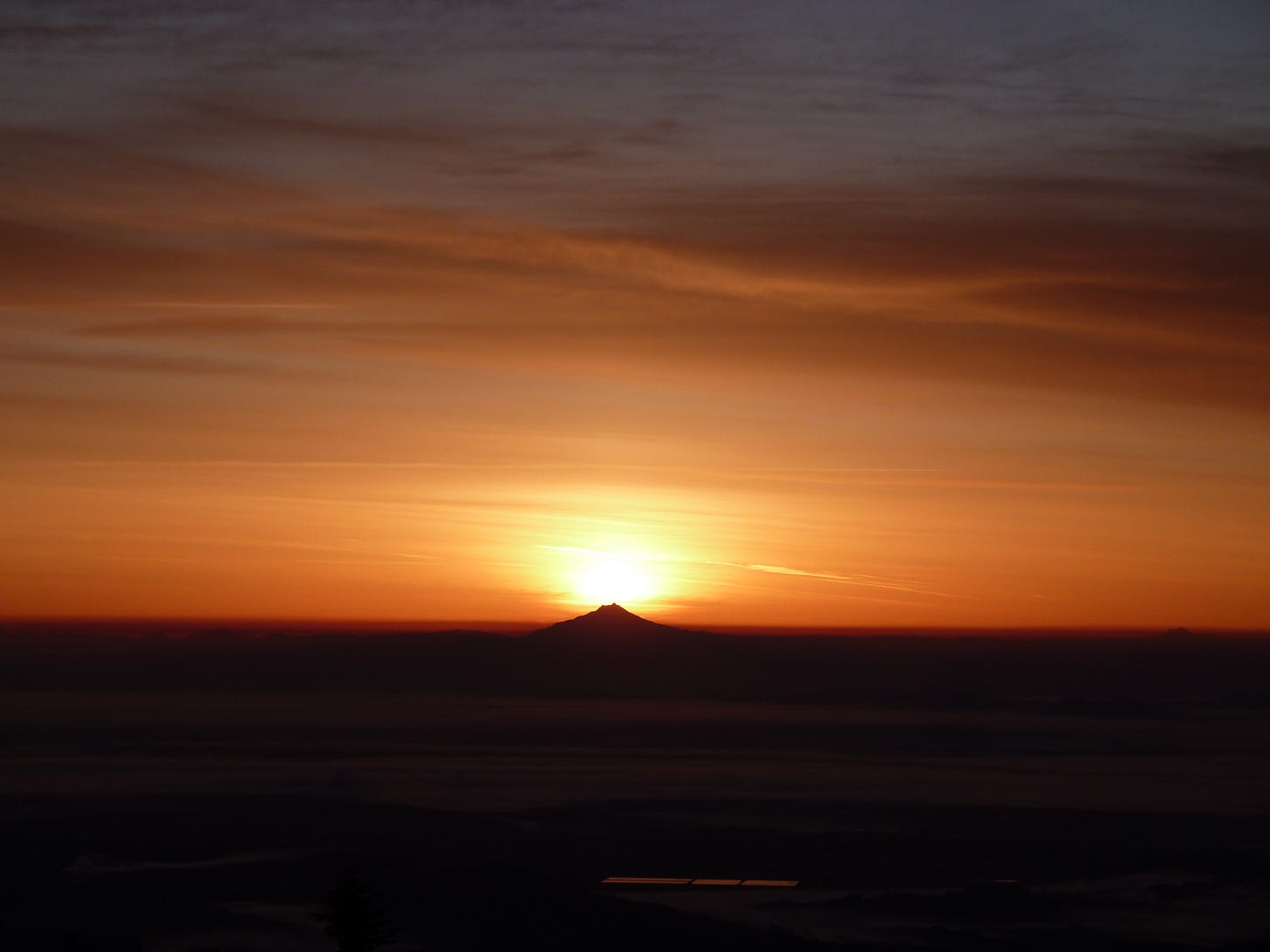
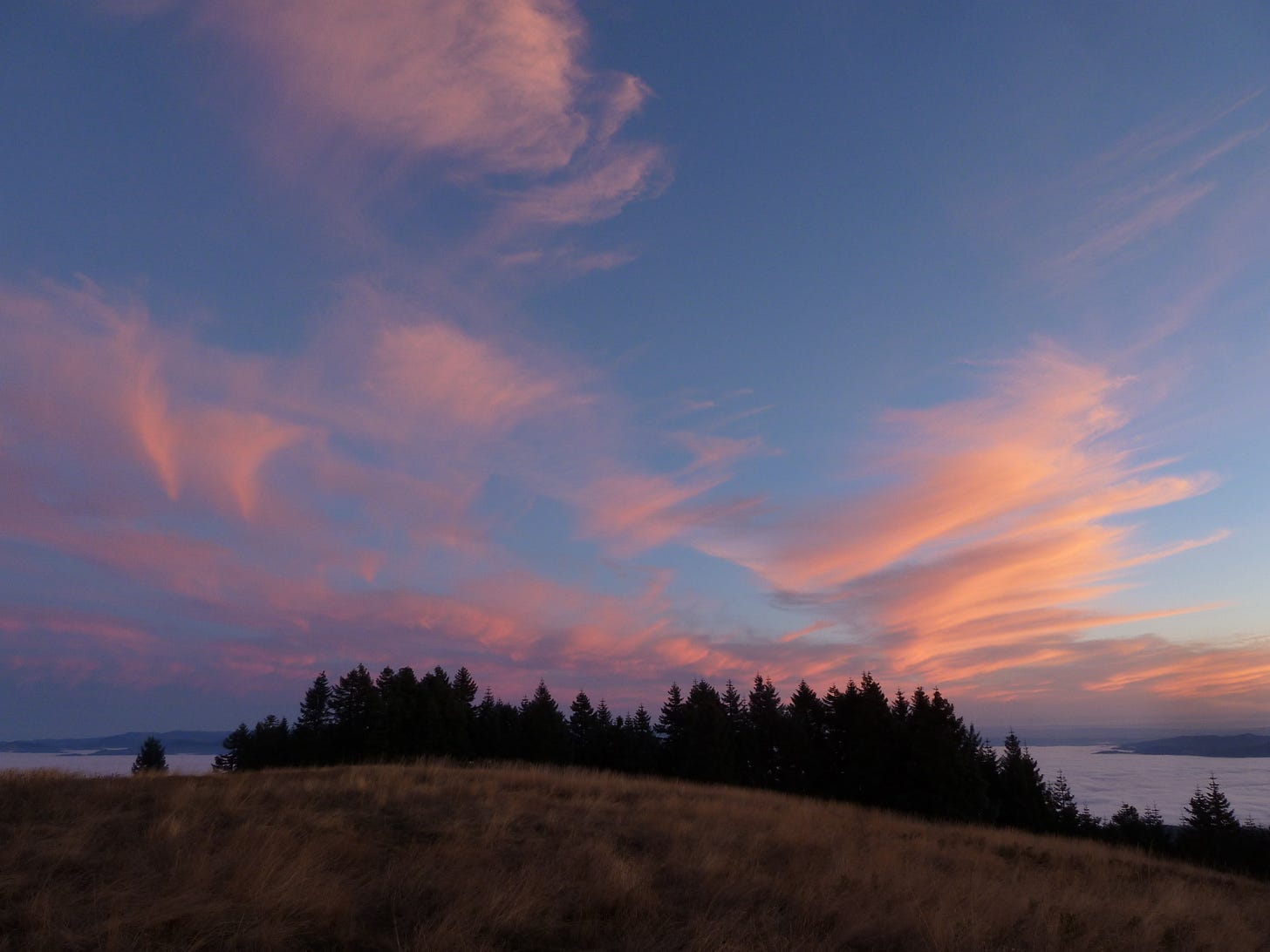
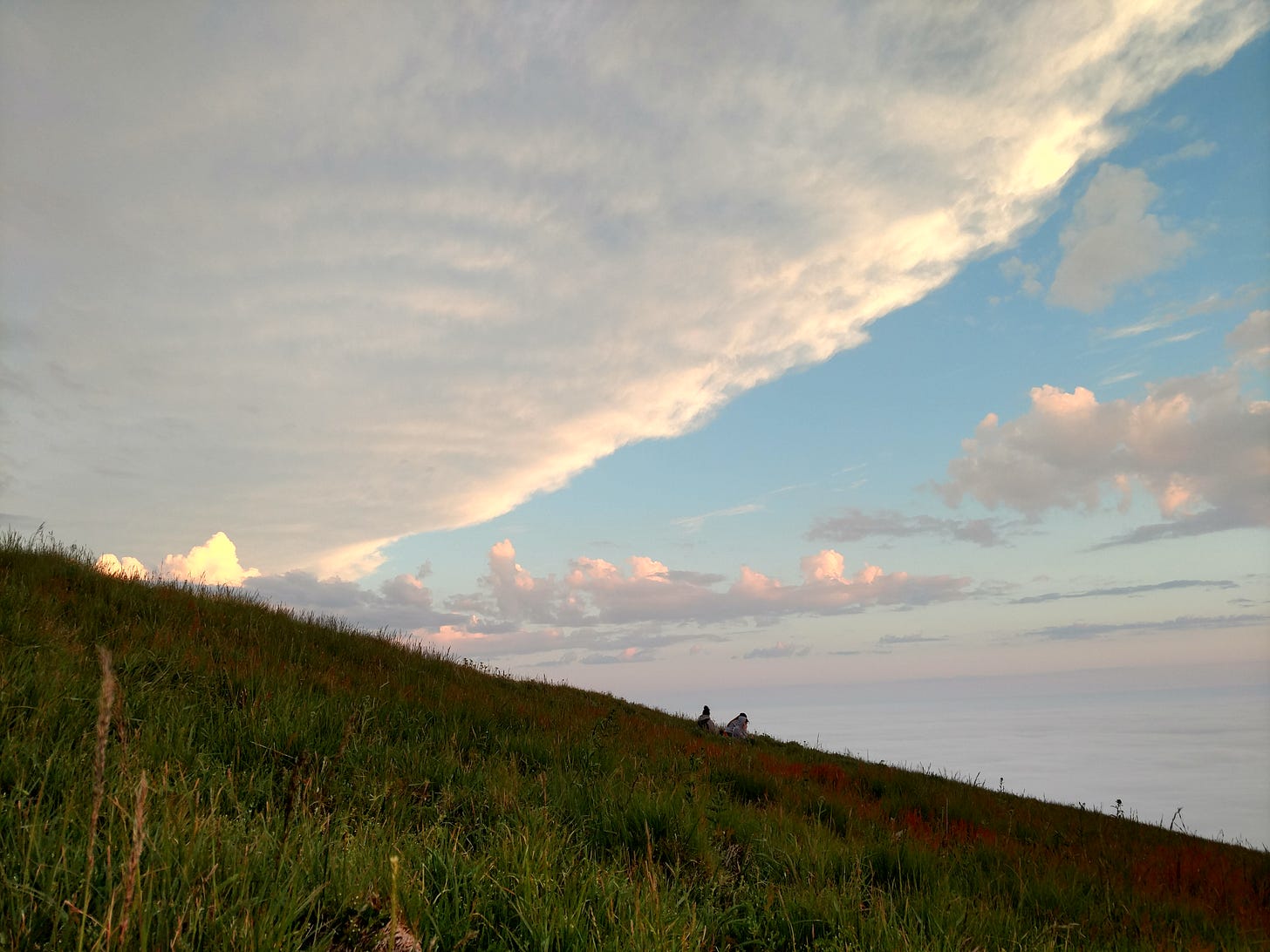
Church of the Earth. Earth of the Church. Whatever it is I worship was captured fully in this gorgeous photographic essay. Thank you.
I read this first thing this morning (here in Ireland) and the message has been resounding all day in my mind. I have a place, like you, that is special to me. A lake nestled in a mountain valley here in the Mcgillicuddy Reeks. Your essay made me realise that I need to place more emphasis on this place and visit it with regularity. Like you I've an understanding of what 'God' is but I'm not a member of any formal religion. Sometimes this makes me feel a little untethered but I think marking the lake as my church will help. My children love the lake too. So perhaps as the years go by we can make it our sacred place. Thank you for your wonderful essay it was timely and will leave its mark for years to come.